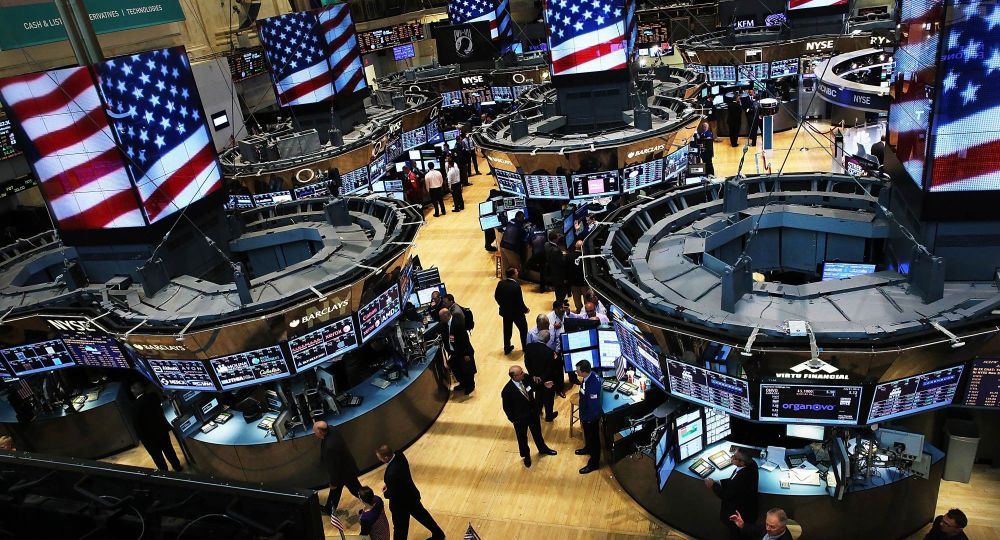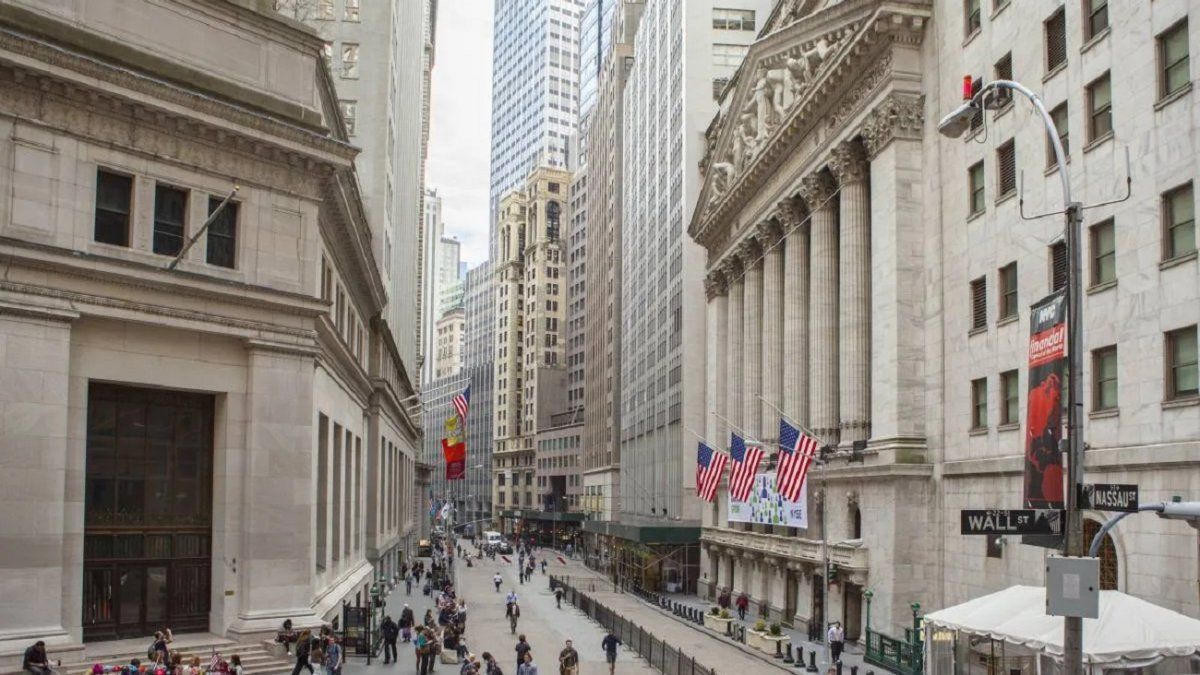It is evident that a combination of factors that are very difficult to combat are currently being paid for. On the one hand, the consequences of the largest fiscal stimuli in North American history, released due to the appearance of COVID-19, and which generated, together with the policy of quantitative easingthat the Treasury balance grows from US$4.2B in February 2020 to US$9.0B by March 2022.
Federal Reserve FED
On the other hand, they are also suffering the second derivatives of the Russian-Ukrainian war that limited the supply of energy and food commodities, shooting their prices to values not seen since 2008 in many cases. As if that were not enough, the North American labor market finds itself with very low participation rates at the same time as it sees a great demand for labor by companies.
As always when two market forces are unbalanced, the price seeks to accommodate them. In this case, the price is wages, which grow in search of obtaining the necessary resources by corporations. And although one might believe that the increase in wages is something positive, it should also be considered that they are a good part of the costs of the companies, and therefore see their transfer to prices. In other words, the general rise in wages is generating higher inflation.
Here we have a big problem: if the increase in wages is transferred to prices, and, simultaneously, in the face of a strong labor market where labor demand exceeds supply, wage demands rise seeking to compensate for the increase in the cost of living, it seems that we enter an endless cycle where wages and inflation seek to outdo each other by driving each other. Indeed, that is the problem that the Fed urgently seeks to attack: the spiralization of these two variables.
And how do you want to do it? cooling the economy. Its intention is to curb economic growth in such a way that it partially reduces the search for personnel, giving supply time to meet demand. The instruments selected to go in search of this objective have been the end of the quantitative easing and the periodic rise of the reference rate. Even so, as is often the case in sciences such as economics, the effects of policies are neither direct, nor immediate, nor specific.
What effect could we say that these decisions have had?
So far, not the one sought in the real economy. On July 13, economic agents were surprised to see interannual inflation for June that reached 9.1%, exceeding market estimates by 0.3% and 0.5% higher than interannual inflation for May, going to the history as the highest record in the last 41 years. Furthermore, despite the risks that the US economy technically enters a recession, the labor market continues to show great robustness. The latest employment data reflects that 372,000 new jobs were created in June, the unemployment rate remains at low levels of 3.6% and wages grew 0.3% MoM, Therefore, Powell is far from achieving the cooling in the job market you are looking for.
However, the more restrictive monetary policy did have its impact on the financial markets. Although we cannot assign the entire fall of the main North American indices to it, we can say that the rise in the reference rate has punished them in a transcendental way, especially considering that its starting point was close to 0%.
In this sense, so far in 2022 the three main indices are in negative territory, highlighting the Nasdaq Composite which plummeted 27.7% YTD, followed by the S&P500 which registered a drop of 19.8% and closing with the Dow Jones Industrial Average, which contracted 14.7%. Indeed, with a first-half performance that ranks as the worst record since 1970, the S&P 500 entered a bear market on June 13 from which he has not yet recovered.
Argentine shares on Wall Street closed with ups and downs; the Dow and the S&P rose, but Apple pressured the Nasdaq

How will the latest economic data impact the second half?
The surprising inflation data will pressure the Fed to move with speed and determination if it intends to stay in line with its discourse of containing price rises at any cost. Thus, the probability of an upcoming rate hike of 75 bps is 69.1%, while a 100 bps hike is positioned over the remaining 30.9%, when a week ago the last one was only allocated 7.6%. Anyway, It will not be without significant cost, with the market assigning a 38% probability to the possibility that the US economy will enter a recessionary period within the next 12 months. Either way, making a recession official will rest in the hands of the National Bureau of Economic Research, which keeps constant monitoring of US business cycles.
In summary, we see a challenging near future, where it will be key to elucidate how far the FED is capable of going and to be attentive to the output of the different economic indicators to analyze their evolution, generate conclusions about the direction of the US economy and make relevant decisions. . Let’s not forget that the National Bureau of Economic Research last announced a recession, it did so a year after it started (in 2008), so it wouldn’t be wise to rest waiting for its verdict either.
In turn, a vision held by several analysts and that will require maximum attention, is a potential turnaround for the Fed if circumstances worsen quickly. In this context, an attempt to reverse the situation could lead to a swerve in monetary policy, generating favorable conditions for a rally that we could take advantage of through CEDEARs.
IPP Analyst.
Source: Ambito




